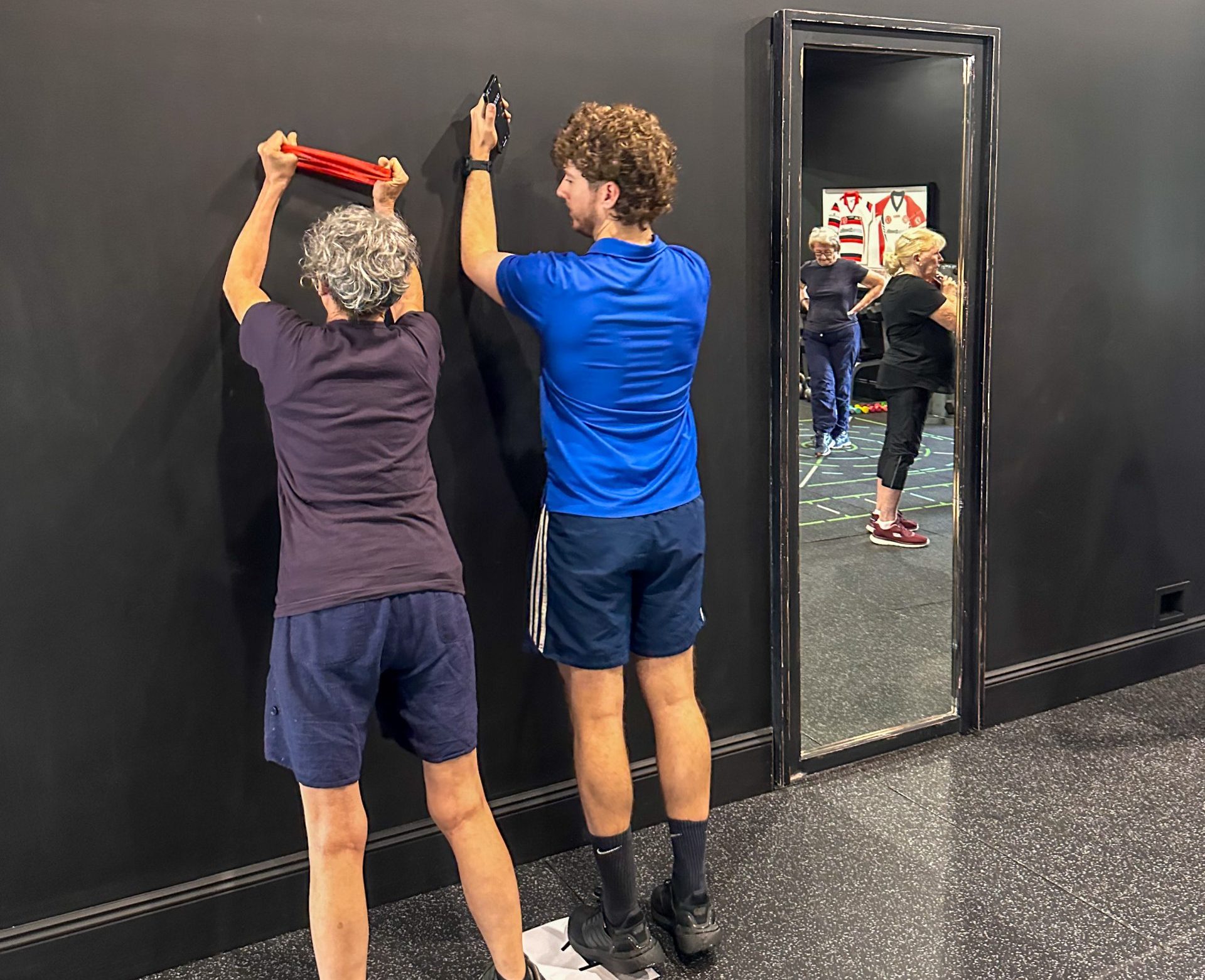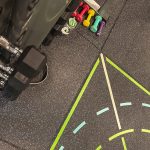
Banded Exercises 101 – How to Make the Most out of your Resistance Band
Have you ever wondered what a resistance band is useful for?
Do you have a resistance band collecting dust somewhere in your house?
Are you looking for an affordable way to exercise at home?
If you said yes to any of the questions above; keep reading, this blog is for you!
With the guide below, you will be a overnight pro in using resistance bands to reach your fitness goals.
Why use resistance bands?
Resistance bands are a versatile yet affordable piece of equipment that are be used to strengthen the majority of muscles in the body. Resistance bands are simply used by applying force through the contraction of your muscle in the opposite direction of the band. This increases the tension of the band and thus increases resistance. Consequently the greater the tension that is applied to the band will require the individual to provide a greater muscle contraction leading to greater improvements in strength.
Below is a summary of the benefits of using resistance bands:
- They are versatile and used to strengthen the majority of muscles in the body
- Can provide resistance to muscle groups which can be difficult to achieve by using bodyweight alone
- Resistance (weight/intensity) is easily modifiable
- Inexpensive
- Perfect for rehabilitation
- Lightweight, portable and ideal for travel
What are the different types of resistance bands?
There are a number of different types of exercise bands which serve a different purpose depending on your fitness needs. Below is a description of some of the most applicable resistance bands.
-
Therapy band / Theraband
Therapy bands are long, thin, light bands, without a loop. Due to their lower resistance these bands are great people who are regaining strength after an injury and for people who are looking for a lower impact workout routine. Another use, is during warm ups for dynamic stretching and static stretching at the end of a workout. These types of bands can help you increase the stretch and improve mobility/range of motion.
-
Resistance tube band (with handles)
Tube resistance bands have handles that attach to both ends and they are made to mimic gym machine and dumbbell exercises. They are ideal for exercises which involve pressing and pulling such as chest press and banded rows. It’s possible to hit all of your muscle groups with tube resistance bands so they are great for those who want a simple and cost effective workout.
-
Mini bands / Fabric circular bands
Mini bands are short, wide but much shorter and wider. Modern designs of the bands come with a fabric covering for added comfort and convenience. These bands are great for increasing strength and stability in your lower body. Mini bands can help you stabilize, activate your core, maintain proper form, and get that extra activation and tension in the hips during lifts like squats, hip thrusts and glue bridges
-
Loop resistance bands
Resistance loop bands are a large continuous flat loop that are be used for a variety of purposes. In general, they provide greater tension when compared to therapy bands. You can use loop bands for bodyweight assistance, full body workouts, injury rehabilitation, warm ups and stretching. All in all, they are super versatile, allowing you to work through all three planes of motions, and power loop bands can be used for every aspect of strength training.
By now you should be more confident in rationale and application of resistance bands!
If you wanting to learning more about exercise and resistance bands, get in touch with Pivotal Motion’s exercise physiologist team today. Our team of Exercise Physiologists will be able to discuss with you in more depth on how to manage your exercise. Book online or call us on 3352 5116.



